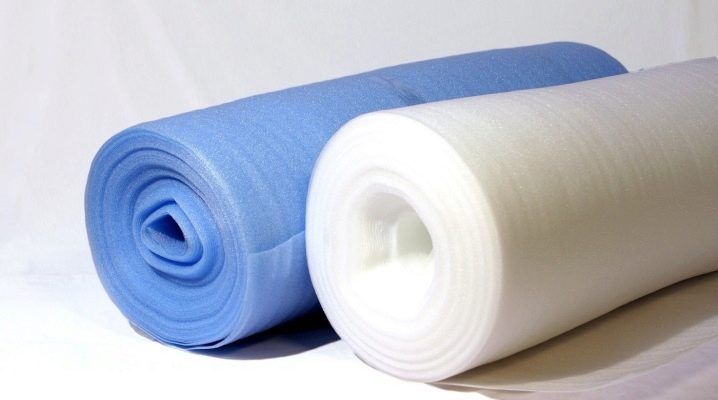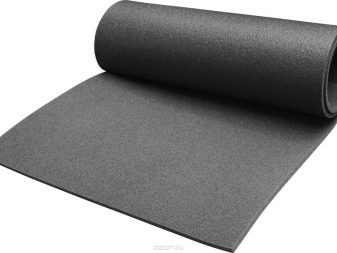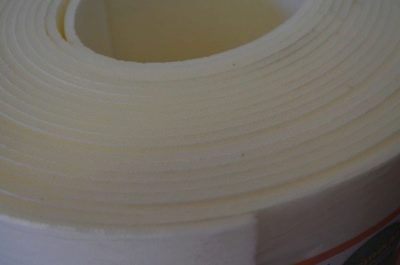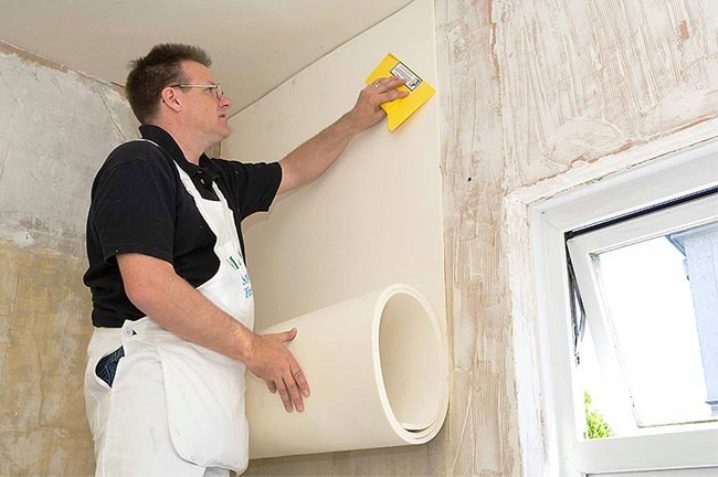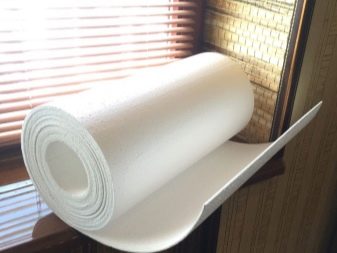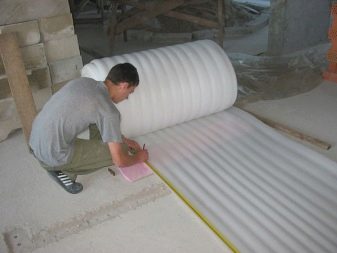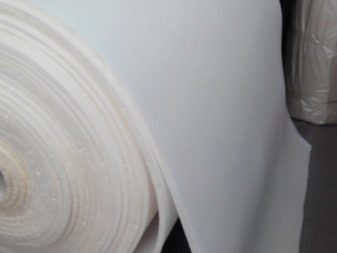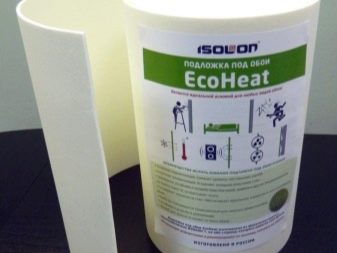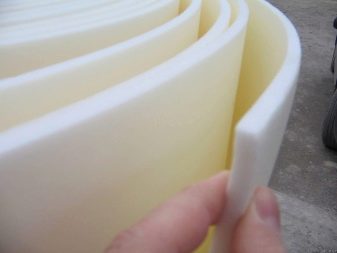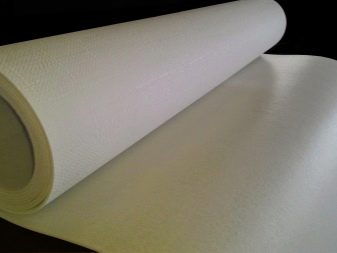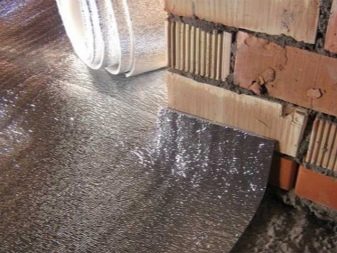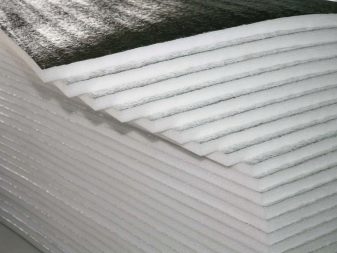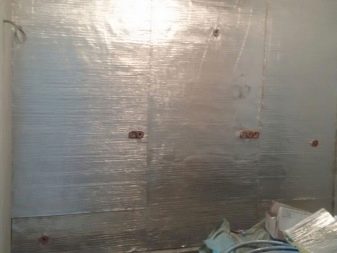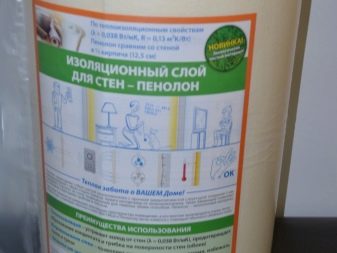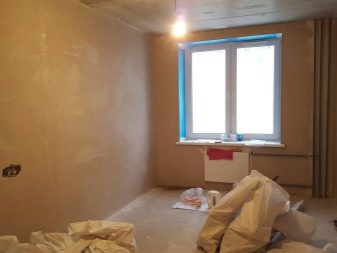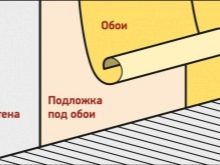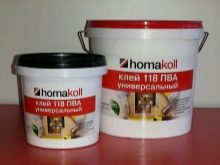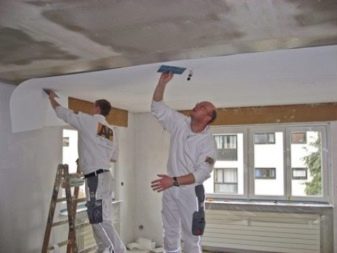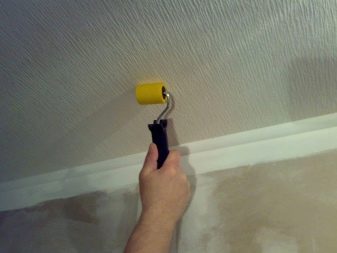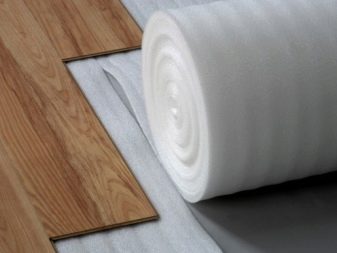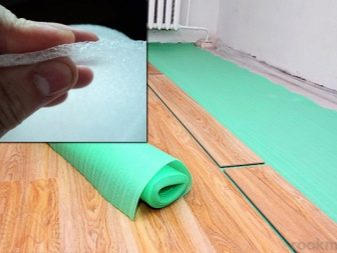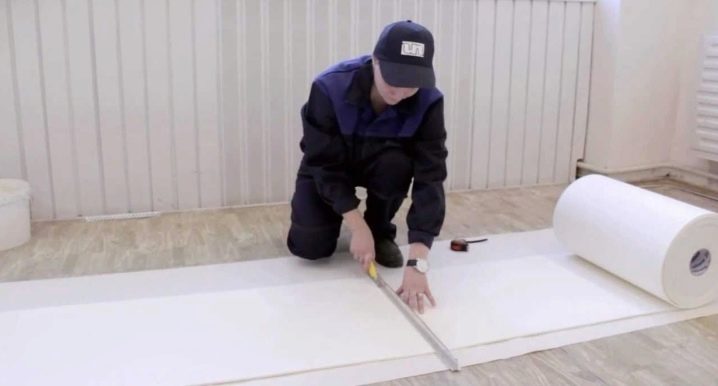Penolon: advantages and installation rules
The apartment becomes cozy if it is warm and dry in any weather, if, despite the restless neighbors, you can remain in silence. Create a comfortable atmosphere allows modern building materials. Penolon, produced since 2005, is endowed with qualities suitable for warming and sound insulation of apartments and private houses. It does not take away volume from premises, it is easy to use, moreover, it has a long service life.
What it is?
Penolon is a new building material, the technical characteristics of which allow it to be both a heat insulator and a sound insulator at the same time. Domestic company "Russfom" produces foam from high-density polyethylene foam. Despite the fact that penolon is created by artificial means, it is absolutely harmless to humans. Environmental cleanliness and non-toxicity are important characteristics that allow the material to compete successfully with other products.
Penolon is a crosslinked polyethylene foam. Available in rolls of a thickness of 1 millimeter. The middle part is soft and elastic due to closed cells filled with air. On both sides of the canvas is laminated with paper, so the foam can be glued to the walls, as usual non-woven wallpaper.
Advantages and disadvantages
Despite the fact that penolon appeared on the construction markets relatively recently, professional master finishers often use it for capital and cosmetic repairs of residential premises. Reviews of customers who have already tested the new material, only positive. Penolon justified itself as an excellent thermal insulation. This is confirmed by people who have lived in the winter period, first without a wallpaper base, and then with it.
Noise isolation material relished those who have behind the wall lively neighbors and families with young children. It is noted that the layer of cellular material significantly reduces the penetration of sounds.Measurements showed an efficiency of 30%.
Advantages of the material are not limited to the listed characteristics. The positive qualities include:
- low moisture absorption (no more than 1%);
- long service life (according to the manufacturer, it is at least 80 years);
- the absence of rotting and the impossibility of the appearance of fungal formations;
- resistance to high and low temperatures;
- hygiene and environmental friendliness;
- the ability to regain shape after relieving stress;
- small weight that facilitates performance of work;
- resistance to oils, gasoline and other chemicals;
- elasticity;
- strength;
- quite democratic cost, that is, availability for a wide range of consumers.
Scope of application
Penolon copes with shock noise best. Sound insulation of polyethylene foam is installed on various objects. These are private houses and apartments in high-rise buildings, office premises and social and cultural facilities.
When sticker sheets of cellular polyethylene on the walls in the room, of course, improved living conditions. In the cool summer and in the off-season, when the central heating is not working, the material contributes to the preservation of heat in apartments and offices. Penolon is also recommended because it can speed up repairs.If there are minor irregularities on the walls, the foam will act as a leveling material. The walls can not be putty, soft base will hide the flaws.
Penolon is used as a substrate for wallpaper and various floor coverings, including laying it under laminate and parquet. Polyethylene foam under the trademark "Acoustics" solves the problem, for years has impeded the creation of a sound barrier between floors. If earlier it was required to put a lot of effort to ensure silence, up to the creation of expensive engineering structures, now the problem is solved very simply. Neighbors from the bottom will not hear a sound if there is a foam backing in the apartment above them.
Sold material in rolls. Everyone can lift and move it manually, it is very easy. Typically, the roll width is one and a half meters. Thickness is different: the thicker the layer, the smaller the footage of the roll. For example, with a material thickness of 5 mm, the length will be 100 m. If a thicker layer is required, for example, 10 mm, then the length will be halved and will be only 50 m.
Mounting methods
Some of the similarity of the foam with non-woven wallpaper allows you to stick it on the walls as well as wallpaper coverings themselves.The process is simple, so everyone will be able to glue the insulating layer without attracting craftsmen and additional costs.
Despite all the simplicity, it is still necessary to adhere to certain rules. Sequential execution of operations will allow you to get the maximum effect of isolation.
- Finishing work begins in different ways depending on what needs to be done. So, when finishing, that is, when carrying out repairs, first old wallpapers are being removed, panels are removed or paint is washed off (depending on what was applied to the walls earlier). After the walls are exposed, the operations are the same as for the primary pasting.
- At first visual inspection of vertical surfaces is performed. Walls made of bricks or blocks will require plastering. Not without additional processing and in the event that the house is timbered. And only smooth concrete slabs are almost ready for final finishing. Minor flaws can not be eliminated, they hide the foam under the wallpaper. And large ones should be repaired: growths - cut, chipped, hollows and hollows - puttied.
- When the putty dries, dust is swept from the walls and a deep penetrating primer is applied. This intermediate operation can significantly improve adhesion. The process of penetration into the wall material lasts a day. Within 24 hours you can not stick the foam. But without haste, you can mark and cut the required number of pieces.
- To install the insulation under the wallpaper, you need to grease the wall with normal wallpaper glue. Sheets of foam are glued to the wet wall butt-to-side. Smoothing for a more dense junction can be performed either with a roller or simply with your hand. Movement at the same time should be done only in the vertical direction from top to bottom and bottom to top. The sides should not be smoothed to the sides, as this may cause gaps between the sheets, which is undesirable.
- If the label is made with PVA, glue will have to be applied both to the wall and to the insulating material. The PVA dries rather quickly, which means that it is necessary to accelerate. With glue, work is best done in four hands. To the wall should adjoin the part of the foam that is on the inside of the roll.
- It takes three days to completely dry the glue and ensure good adhesion of the substrate to the wall. After 72 hours, it is time for the final stage. First, the joining points of the neighboring sheets are taped with paper tape, and then the wallpaper is applied.
If you adjust the foam to the ceiling, the noise permeability from the upper floor will be significantly reduced. Particularly relevant is the treatment of ceilings in cheap new buildings, where insulation materials are completely absent.
Thin porous material perfectly proved to be a substrate for finishing floor coverings. It is laid under linoleum, laminate, parquet. On the one hand, the cold floor is insulated, on the other hand, it becomes quieter in the apartment, since the substrate does not allow to hear what is happening at the lower neighbors. According to the manufacturer, the absorption of sounds is 25 dB, and the dispersion reaches 70%.
Laying foam on the floor is not much different from the sticker on the walls.
- The substrate must be free from dirt and dust. Any small particles can damage the thin substrate.
- The slab is primed, lubricated with adhesive.
- Sheets are laid as close as possible to each other. Sizing is not paper, and ordinary tape.The paper can break through the process of laying the topcoat, and the usual adhesive tape will withstand the load and will not allow the sheets to disperse. If the thickness of five millimeters is not enough, you need to take a thicker type of foam at 8-10 mm. Laying in two layers can not be made!
Repair in the near future? Do not forget that thin porous material of new generation - penolon - is suitable for insulation of premises and improvement of sound insulation.
For how to glue foam, see the video below.
